Creating a Sustainable Yard with Texas Native Plants: Promoting Water Conservation in Your Community
Posted on February 24, 2025 by Brianna Anzaldua
As we continue to face the challenges of drought and protecting the Edwards Aquifer here within the Edwards Aquifer Authority jurisdiction, one of the most impactful things we can do is turn our focus to the way we manage our yards and gardens. Planting Texas native plants, using rainwater harvesting systems, composting, and working together as a community to promote these practices can significantly reduce water usage and enhance soil health while helping improve the local environment. Here’s how you can contribute to a greener, more water-friendly future.
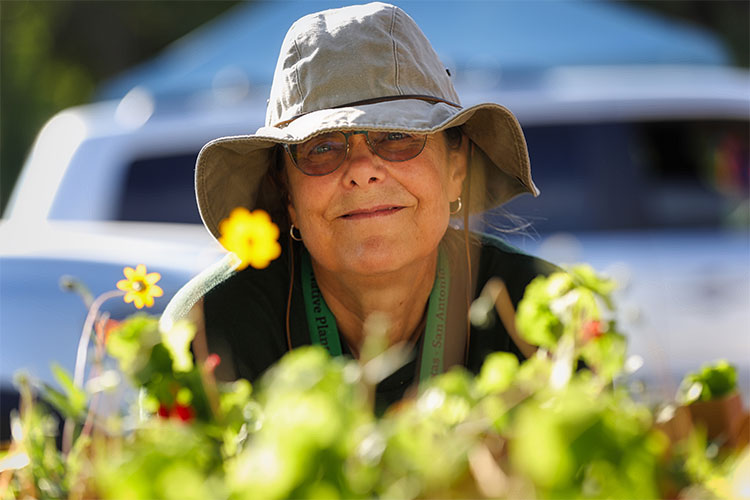
A Texas Master Naturalist sharing plant knowledge with gardening enthusiasts.
Why Choose Texas Native Plants?
Native plants also provide crucial habitats for local wildlife. Birds, bees, butterflies, and other pollinators rely on these plants for food and shelter. By planting native species, you’re not just making your yard more sustainable; you’re also supporting local ecosystems.
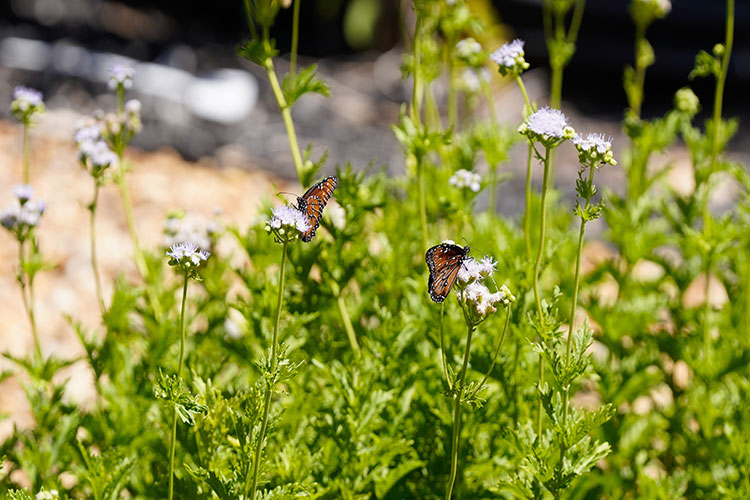
Butterflies making a pit–stop at the EAA EOC’s Gregg’s Mistflowers.
Tips for Planting Texas Native Plants in Your Yard
Before planting, take the time to research the best native plants for your needs. If you’re looking for an alternative to non-native grasses for your yard, Buffalograss is a wonderful alternative – soft on the feet, and it only grows 4-6 inches, so it doesn’t even need to be mowed regularly!
Some popular Texas native flowers and trees for your garden include the Four-nerve daisy, Purple coneflower, Mexican buckeye, and Texas redbud. You can find plant recommendations from local resources like the Native Plant Society of Texas (NPSOT), which offers detailed guides on native species. Bonus: Check out these flowers and trees blooming this Spring in our Native Plant Demonstration Garden!
Plant in layers to mimic the natural landscape. Use taller plants in the back, mid-sized plants in the middle, and shorter plants in the front. This will not only help conserve water by preventing runoff but also create a visually appealing and biodiverse yard.
While native plants are drought-tolerant, it’s still important to group plants by their water needs. Create clusters of plants with similar watering requirements, which will make it easier to manage your watering and reduce waste.
Promote Water Conservation in Your Community
Creating or joining a community garden with native plants is a great way to bring people together and promote sustainable gardening. In addition to reducing water consumption, a community garden fosters a sense of collaboration and gives residents the opportunity to share knowledge, tools, and resources – a win-win!
Rainwater harvesting is one of the most effective ways to conserve water in your yard. By collecting rainwater from your roof, you can use it to irrigate your plants without drawing from the local water supply. Rainwater harvesting systems are relatively easy to install, and many local suppliers, such as San Antonio Water Systems (SAWS), offer simple DYI barrels and collection systems.
Composting is another essential part of sustainable yard care. By composting yard waste and kitchen scraps, you can create nutrient-rich soil that improves the health of your native plants. Plus, composting helps reduce landfill waste. Set up a composting station in your yard and encourage your neighbors to do the same.
Working Together for a Greener Future
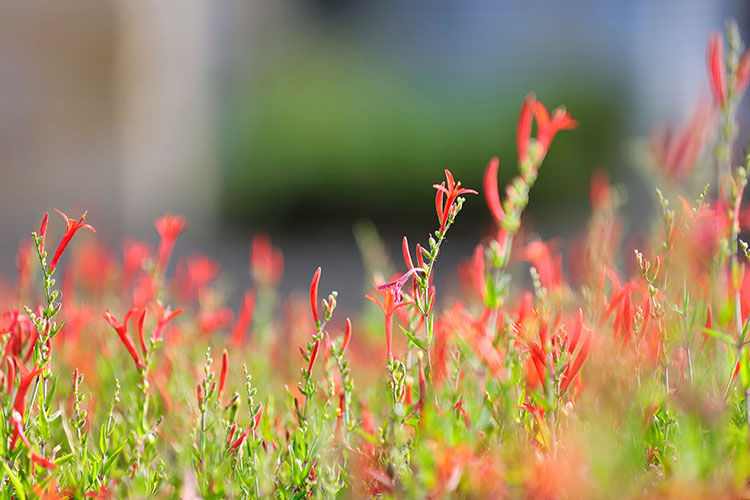
The Bigger Picture: Preserving the Edwards Aquifer
Ready to Start Your Sustainable Yard?
Let’s plant the seeds for a sustainable tomorrow!
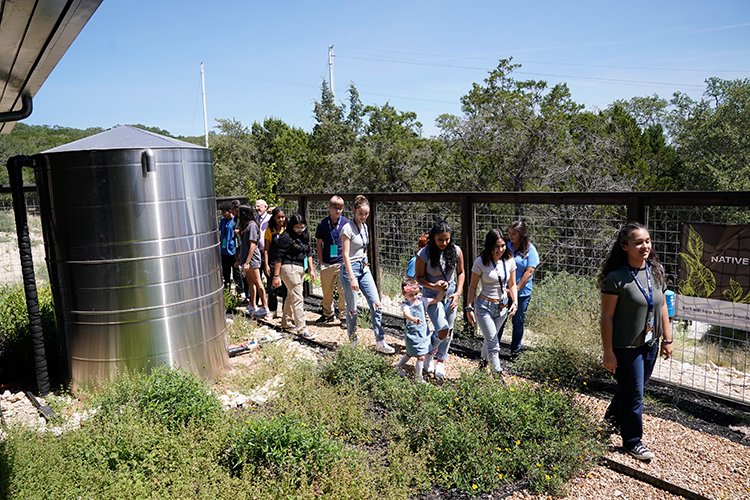
Plan Your Visit
The EOC, located on the Edwards Aquifer Recharge Zone at 23400 Cibolo Vista, San Antonio, TX 78261, is open Monday through Friday from 8 AM to 5 PM. This unique location offers visitors the opportunity to explore and learn directly on the recharge zone of the aquifer. This makes it a convenient and accessible destination for free educational field trips in San Antonio. It is ADA-accessible, free, and open to the public, making it the perfect destination for families, school groups, and individuals alike. With its mission to manage, enhance, and protect the Edwards Aquifer, the EAA is dedicated to educating the community about this precious resource. Through interactive exhibits, engaging school programs, and customizable tours, the EAAEOC makes learning accessible and fun.
Whether you’re looking for an educational field trip, a self-guided adventure, or a unique way to learn about Texas’ natural resources, the EAAEOC has you covered. Visit eaaeoc.org to schedule your free educational trip to the Edwards Aquifer Authority Education Outreach Center today and make 2025 a year of discovery and learning!
More Posts
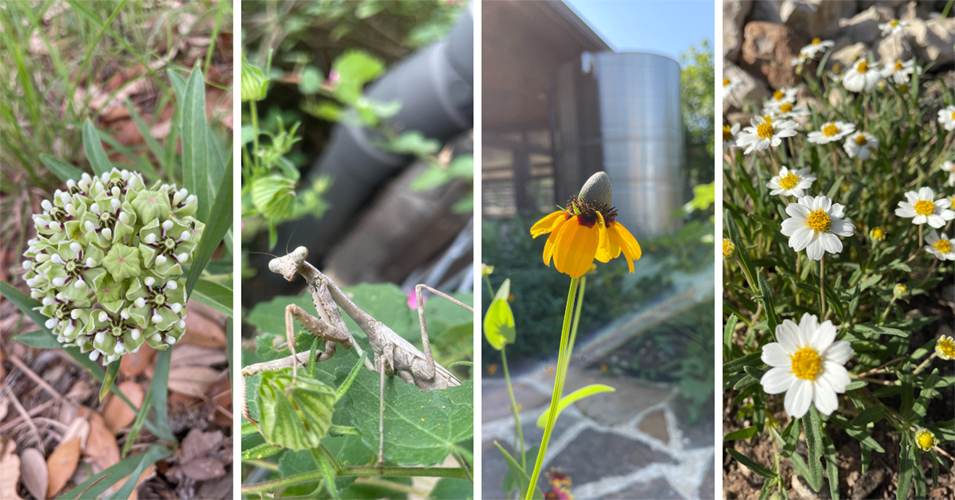
From Lens to Landscape: Tips for Our Rooted in Saving Water Photo Contest
June marks the official start of summer – and one of the most fascinating astronomical events of the year: the summer solstice. This annual milestone happens when Earth’s tilt is at its maximum toward the sun, giving the Northern Hemisphere its longest day and shortest night of the year. This year, the summer solstice arrives on June 20th at 3:50 p.m. CDT.
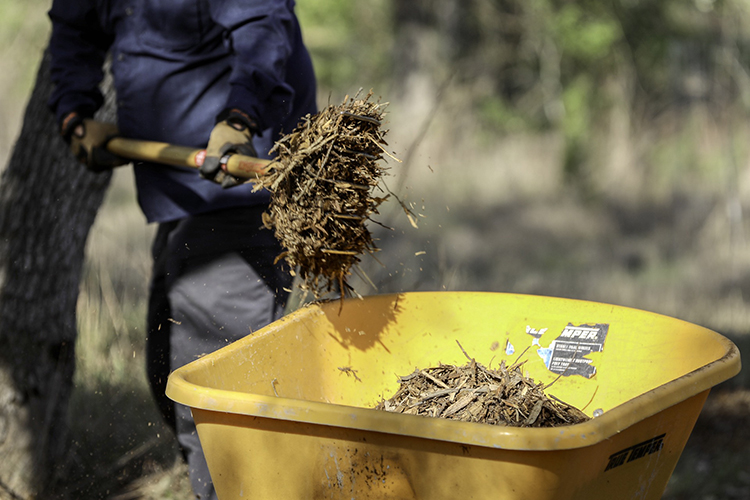
Dig Into World Soil Day at the EAA Education Outreach Center
At the Edwards Aquifer Authority Education Outreach Center (EAA EOC), we’re all about celebrating the nature beneath our feet, and that includes more than just the Edwards Aquifer. We’re talking about soil! This World Soil Day is the perfect time to get down and dirty...

0 Comments